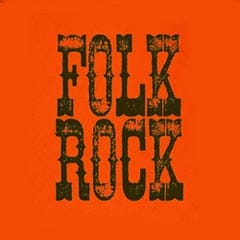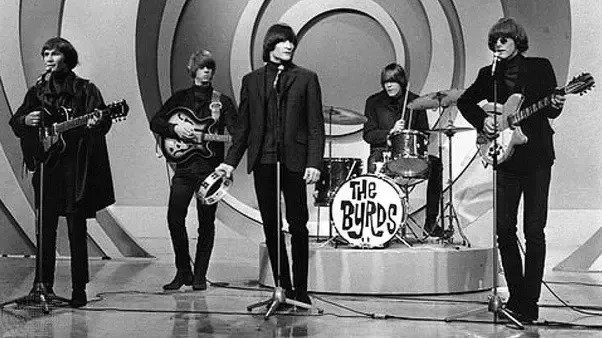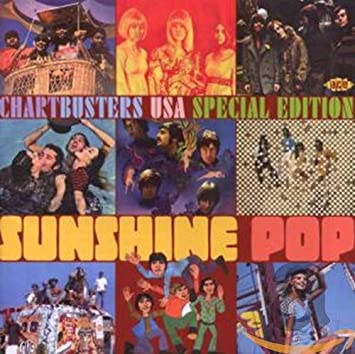Folk Rock, is a hybrid music genre combining elements of folk music and rock music, which arose in the United States, Canada, and the United Kingdom in the mid-1960s. In the U.S., folk rock emerged from the folk music revival and the influence that the Beatles and other British Invasion bands had on members of that movement. Performers such as Bob Dylan and the Byrds—several of whose members had earlier played in folk ensembles—attempted to blend the sounds of rock with their pre-existing folk repertoire, adopting the use of electric instrumentation and drums in a way previously discouraged in the U.S. folk community. The term “folk rock” was initially used in the U.S. music press in June 1965 to describe the Byrds’ music.
Sunshine Pop, is a subgenre of pop music that originated in Southern California in the mid-1960s. Rooted in easy listening and advertising jingles, sunshine pop acts combined nostalgic or anxious moods with “an appreciation for the beauty of the world”. It largely consisted of lesser-known artists who imitated more popular groups such as the Mamas & the Papas and the 5th Dimension. While the Beach Boys are noted as prominent influences, virtually none of the band’s own music was representative of the genre.
Sunshine pop enjoyed mainstream success in the latter half of the decade, with many of its top 40 hits peaking in the spring and summer of 1967, especially just before the Summer of Love. Popular acts include the Turtles, and the Association. Other groups, like the Millennium, Sagittarius, and the Yellow Balloon were less successful but gained a cult following years later with albums like Begin (Millennium, 1968) and Present Tense (Sagittarius, 1968) being sought after on the collectors’ market.
I’ll be doing music on the Byrds, they were an American rock band formed in Los Angeles, California in 1964. The band underwent multiple lineup changes throughout its existence, with frontman Roger McGuinn (known as Jim McGuinn until mid-1967) remaining the sole consistent member. Although their time as one of the most popular groups in the world only lasted for a short period in the mid-1960s, the Byrds are today considered by critics to be among the most influential rock acts of their era. Their signature blend of clear harmony singing and McGuinn’s jangly twelve-string Rickenbacker guitar was “absorbed into the vocabulary of rock” and has continued to be influential.
Initially, the Byrds pioneered the musical genre of folk rock as a popular format in 1965, by melding the influence of the Beatles and other British Invasion bands with contemporary and traditional folk music on their first and second albums, and the hit singles “Mr. Tambourine Man” and “Turn! Turn! Turn!” .As the 1960s progressed, the band was influential in originating psychedelic rock and raga rock, with their song “Eight Miles High” and the albums Fifth Dimension (1966), Younger Than Yesterday (1967) and The Notorious Byrd Brothers (1968). The band also played a pioneering role in the development of country rock, with the 1968 album Sweetheart of the Rodeo representing their fullest immersion into the genre.
The original five-piece lineup of the band consisted of Jim McGuinn (lead guitar, vocals), Gene Clark (tambourine, vocals), David Crosby (rhythm guitar, vocals), Chris Hillman (bass guitar, vocals), and Michael Clarke (drums). This version of the band was relatively short-lived and by early 1966 Clark had left due to problems associated with anxiety and his increasing isolation within the group. The Byrds continued as a quartet until late 1967, when Crosby and Clarke also departed. McGuinn and Hillman decided to recruit new members, including country rock pioneer Gram Parsons, but by late 1968, Hillman and Parsons had also exited the band. McGuinn elected to rebuild the band’s membership; between 1968 and 1973, he helmed a new incarnation of the Byrds that featured guitarist Clarence White, among others. McGuinn disbanded the then-current lineup in early 1973 to make way for a reunion of the original quintet. The Byrds’ final album was released in March 1973, with the reunited group disbanding later that year.



